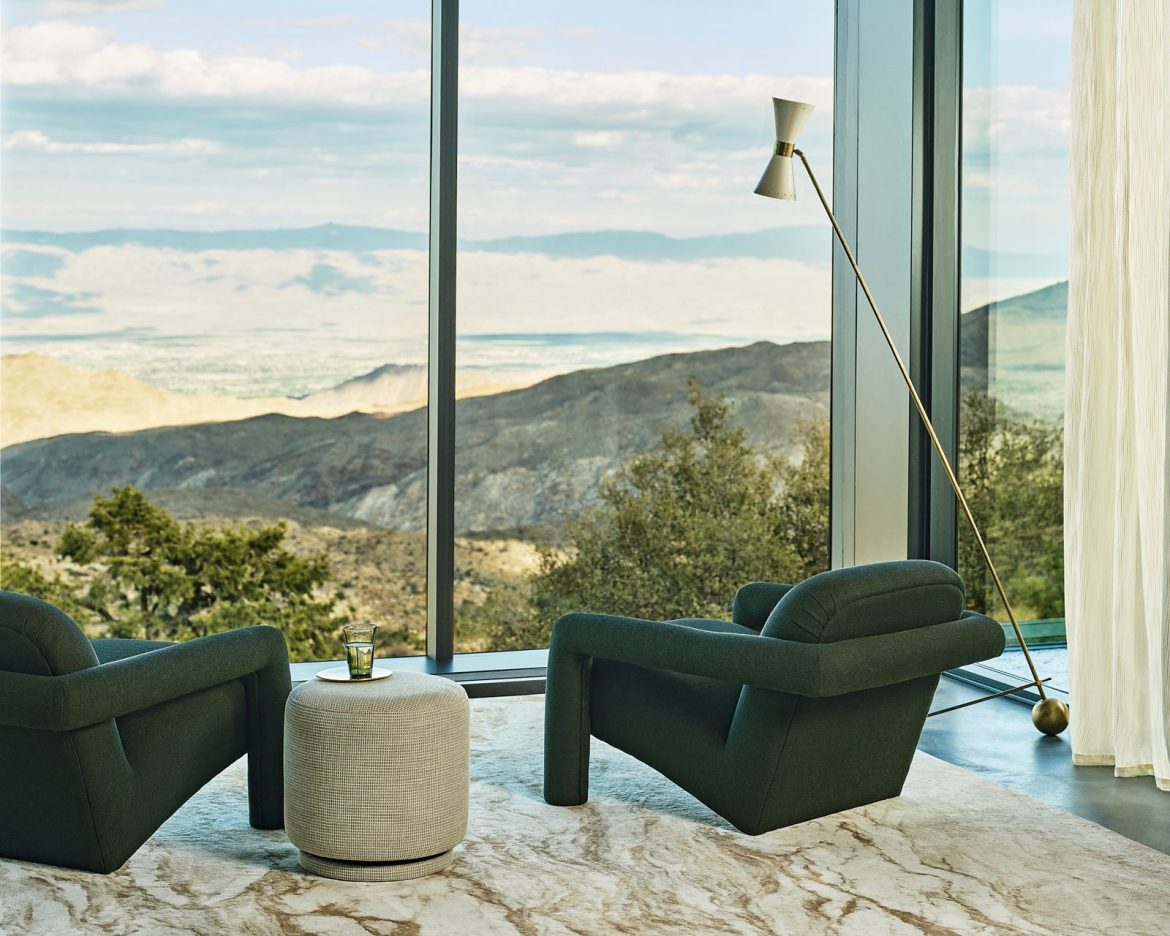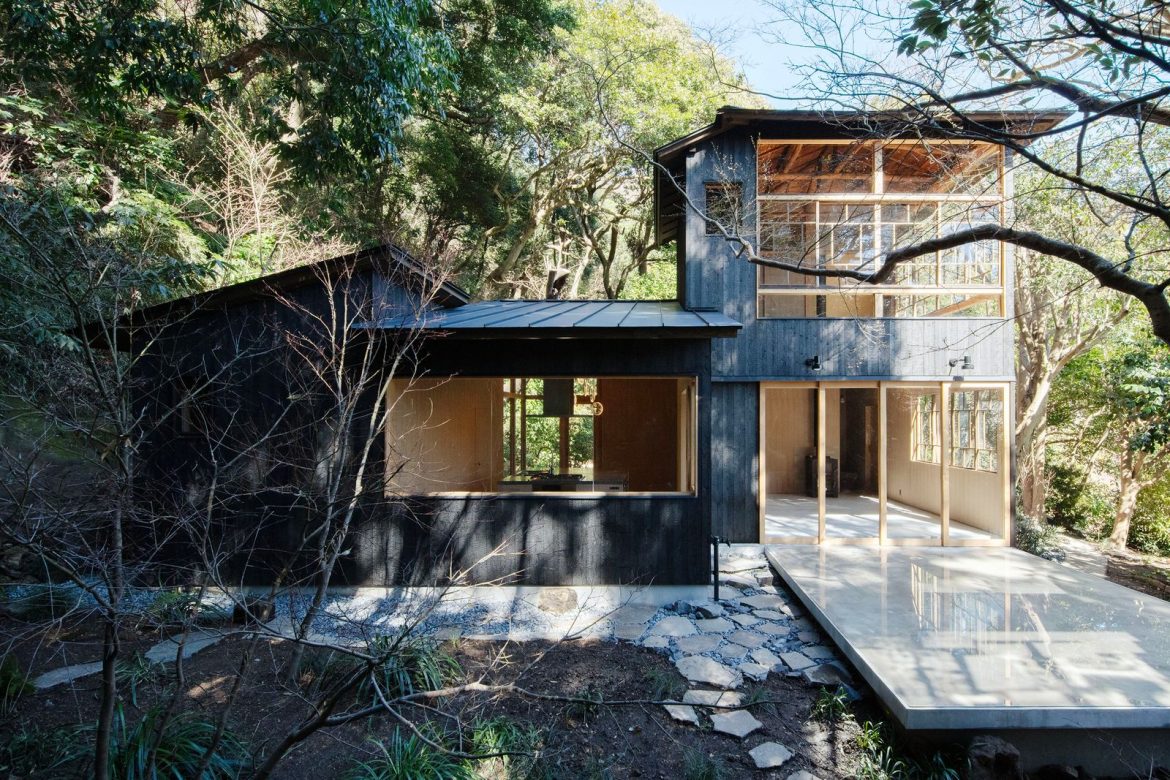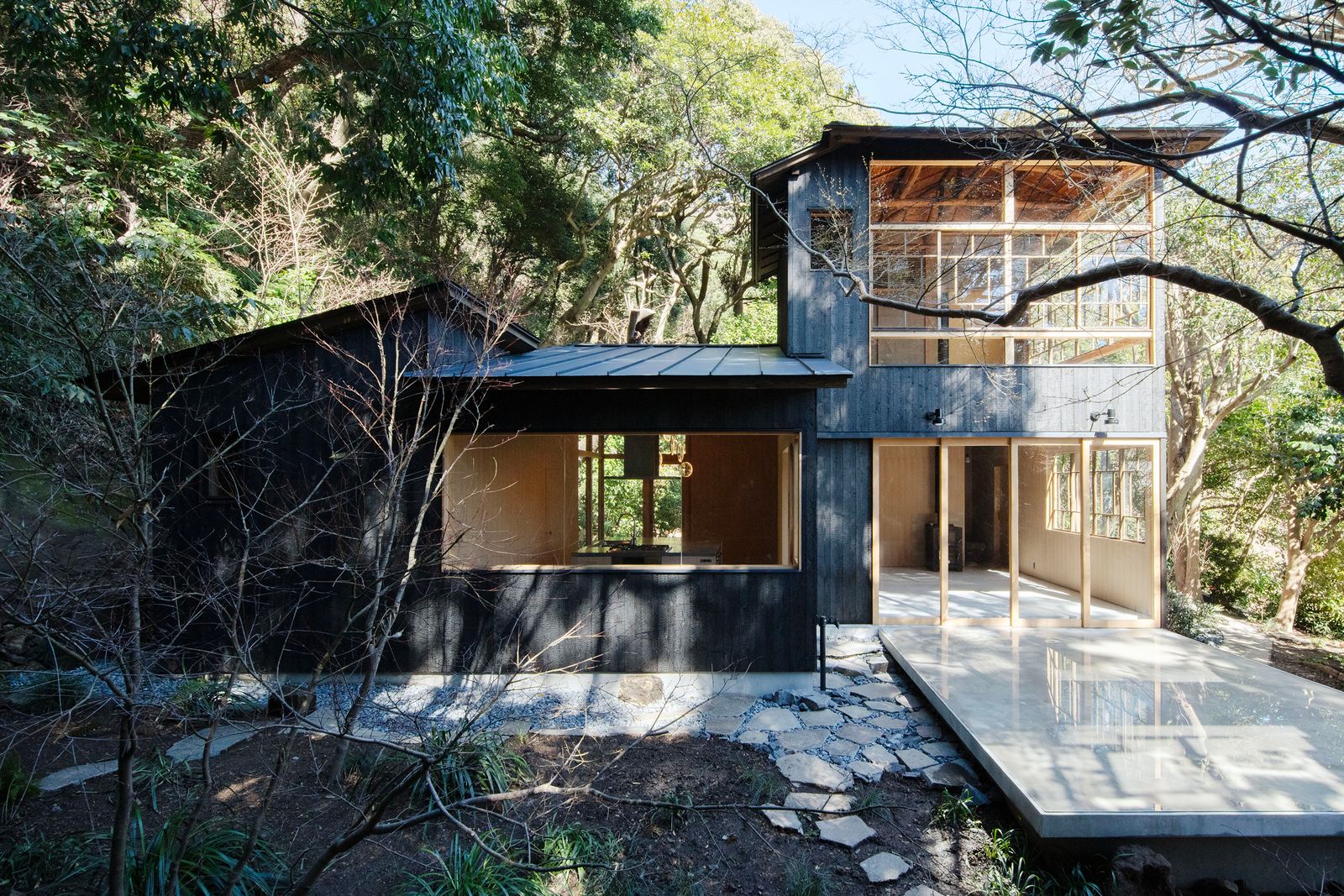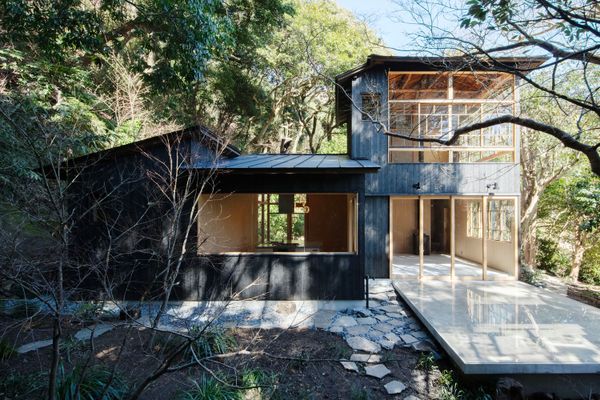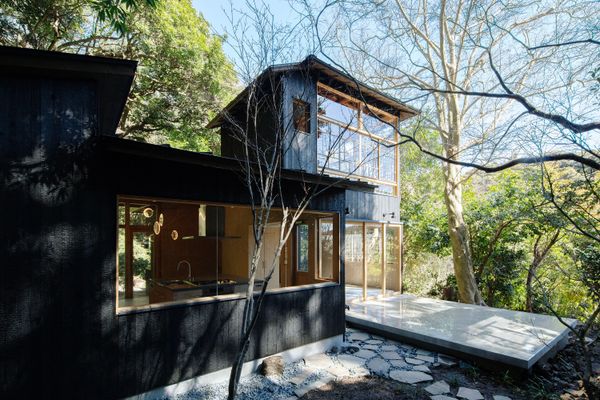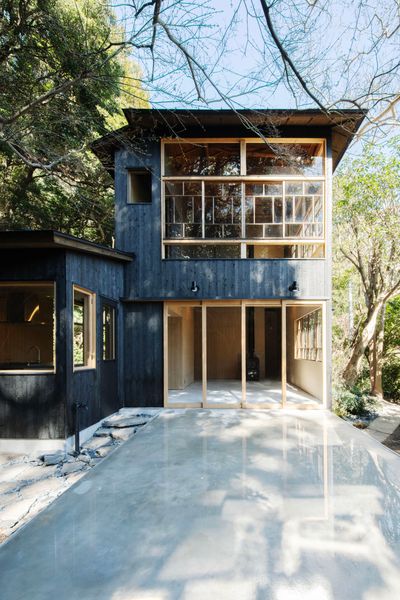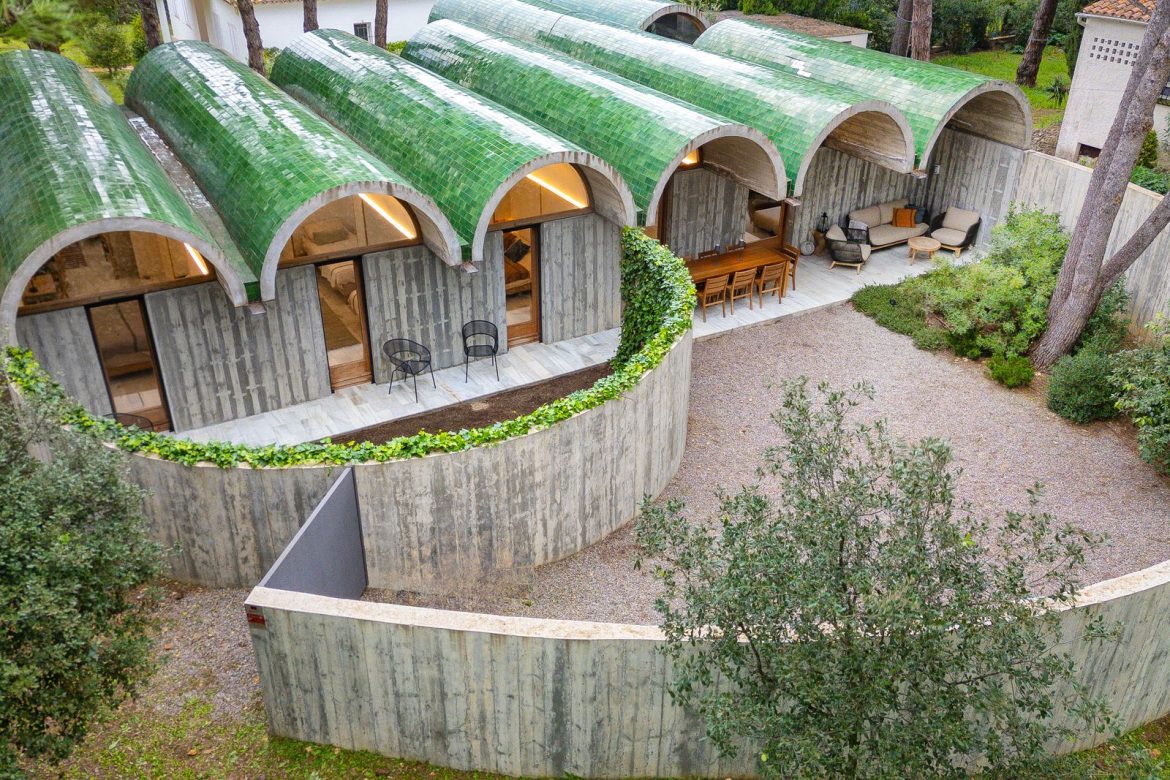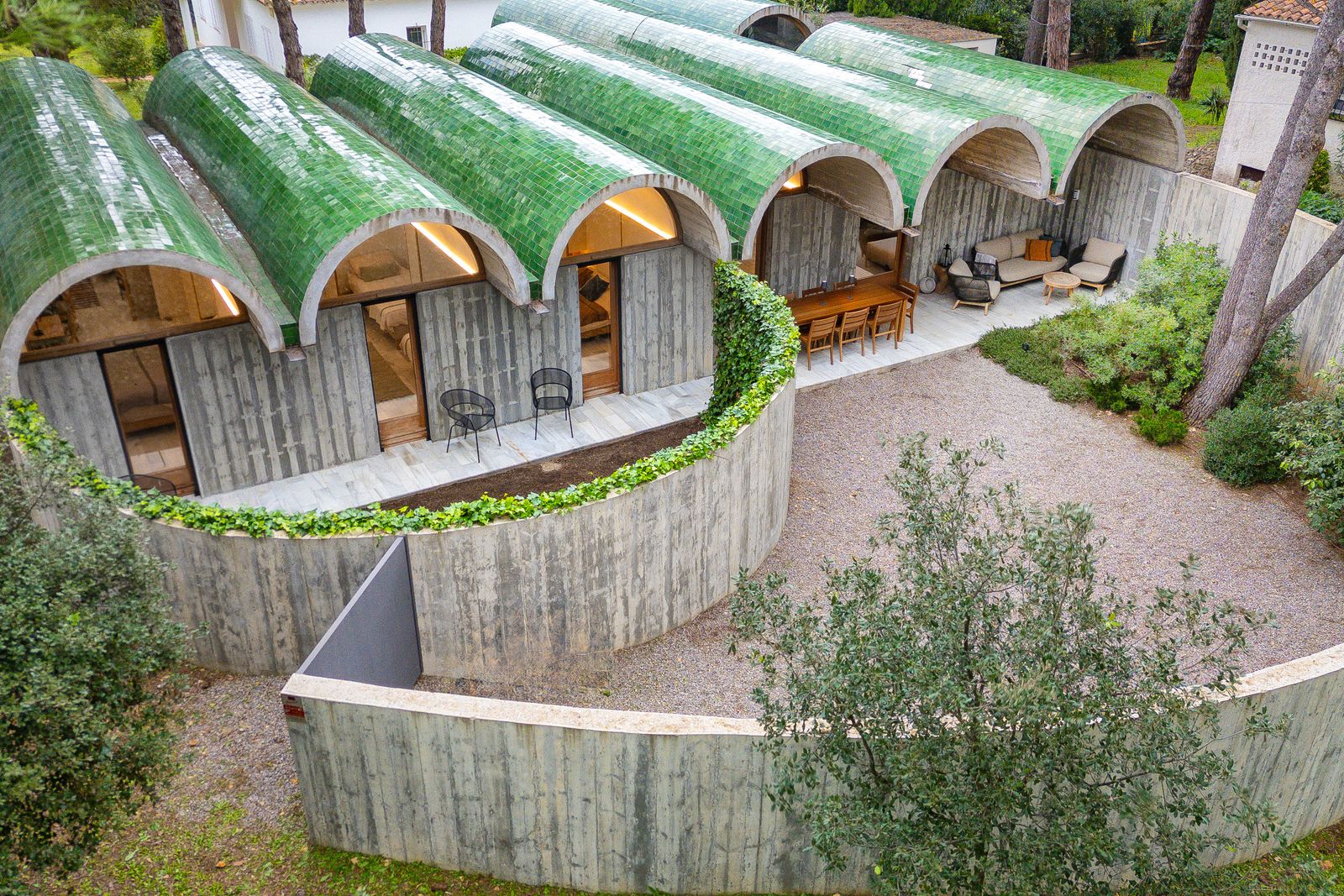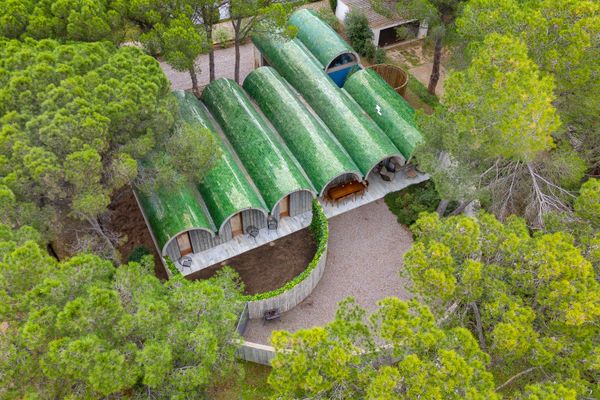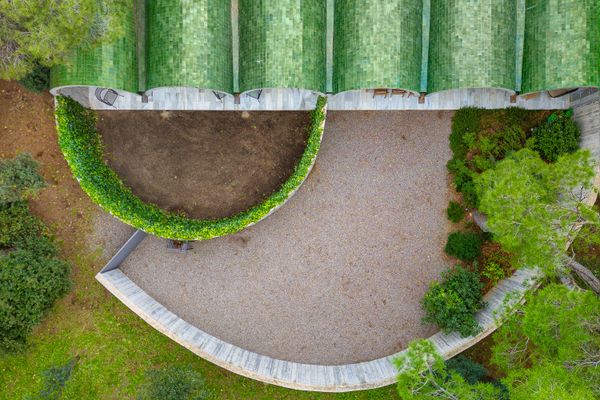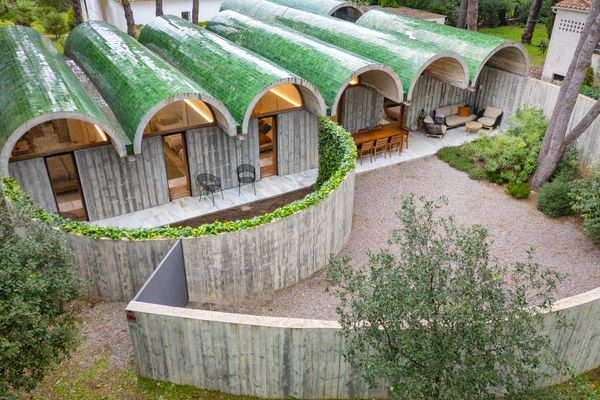Rich textures, bold hues, and playful pops of color pay homage to the spirit of the season.
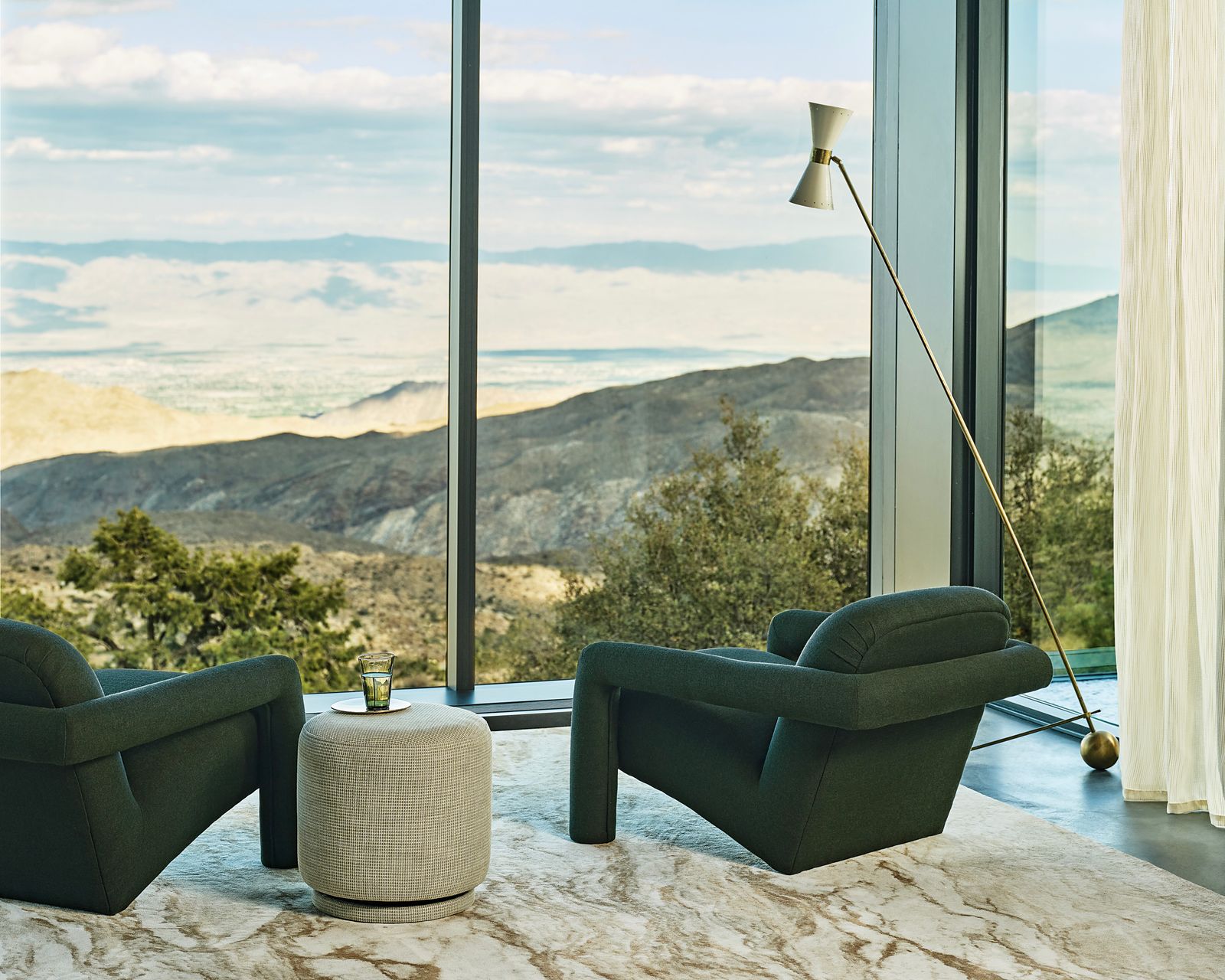
While spring is associated with the first gentle drops of April rain or a delicate garden full of fresh flowers, this year’s trends are leaning towards something a bit richer. Instead of the usual soft pastels, we’re seeing textiles embrace deeper, more grounding tones—bringing nature indoors in a bold new way.
Perennials is leading this rich retreat back to nature with their new Down to Earth collection, featuring six new fabrics, four new rug offerings, and nine new wallcovering designs—all of which take the warmth and tranquility of the outdoors and bring them in. They are also introducing a new signature colorway called Fearless Green, which captures the beauty and strength of nature all the way down to its name.
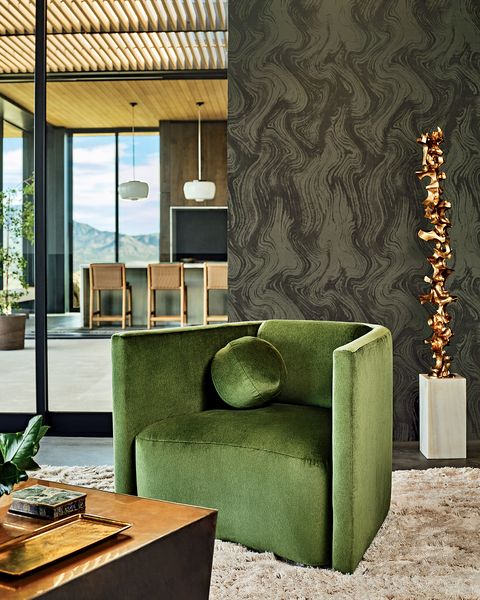
The new Fearless Green colorway (seen here in deep velvet) naturally makes a statement while also complementing the rest of the collection’s contemporary, yet grounded motifs.
Photo: Perennials
For over 25 years, Perennials has been a pioneer in luxurious, 100 percent solution-dyed acrylic fabrics, renowned for their timeless durability in even the harshest outdoor elements. It’s this striking balance of practicality-meets-pattern that infuses an earthy elegance into every piece they make.
In the Down to Earth collection, it’s all about earthy tones and retro vibes, as seen in the six new fabric offerings: Shadow Stripe, a fresh take on gingham; Two Step, with a cozy brush-pill texture; Common Ground, a light waffle knit; Comfort Zone, a perfectly chunky basket weave; Fresh Air, with delicate stitching and a tonal pinstripe; and Sheer Joy, which brings a slight shimmer that flecks in the light.
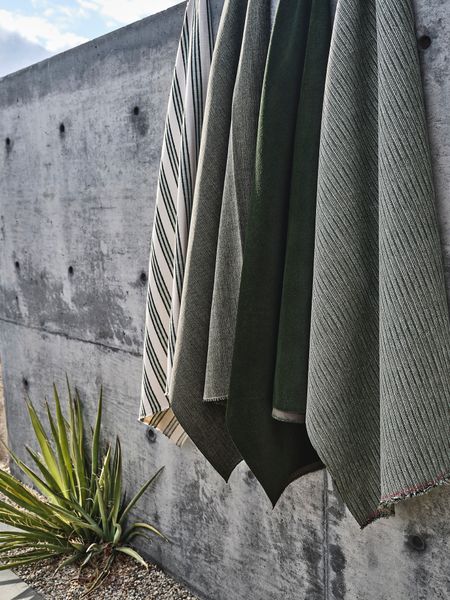
The six new fabric qualities in Perennial’s Down to Earth Collection—Shadow Stripe,Two Step, Common Ground, Comfort Zone, Fresh Air, and Sheer Joy—are all rooted in nature-inspired hues.
Photo: Perennials
The four new rugs in the collection are equally unique, all taking cues from the natural world without resorting to cookie-cutter motifs: In Bloom is a whimsical watercolor design featuring light florals (with a matching wallpaper to complete the look); Call of the Wild is a double shag rug with a little edge to it; Natural High is a plush Tibetan knot design that gives you the illusion of a grand marble floor; and Story Lines offers a heavyweight take on the classic plaid.

Perennial’s Fearless Green colorway is perfectly juxtaposed with the marble-inspired Natural High rug—while the grid patterning of the Common Ground fabric on the pouf adds another subtle layer of dimension.
Photo: Perennials
See the full story on Dwell.com: These Spring Textiles Will Bring You Down to Earth
Related stories:
